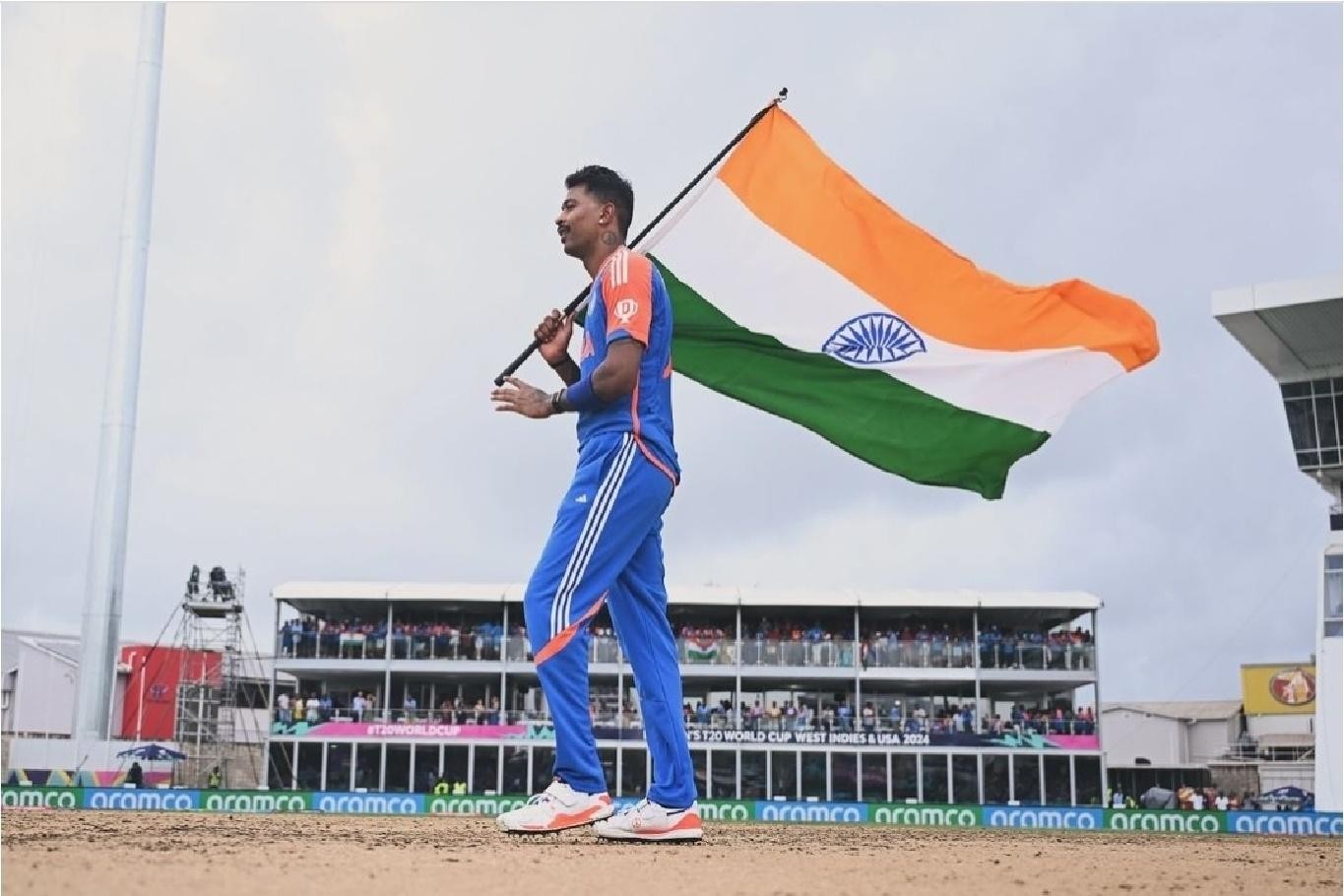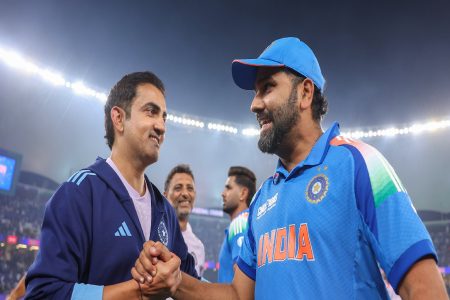
The ICC has announced its team for the Men’s T20 World Cup 2024, with six standout players from the victorious Indian squad making the cut.
Rohit Sharma
Rohit Sharma led from the front, setting the tone for India’s campaign with his aggressive batting. Scoring 257 runs at an impressive strike rate of 156.7, Rohit was pivotal in India’s success. He notched up three fifties, including a blistering 92 against Australia and a crucial 57 in the semi-final. As captain, he guided India to a historic World Cup win after 17 years.
Rahmanullah Gurbaz
Rahmanullah Gurbaz was instrumental in Afghanistan’s journey to the semi-finals. Partnering with Ibrahim Zadran, he formed a formidable opening pair, scoring 446 runs together. Gurbaz’s consistent performances, including top scores against Uganda and New Zealand, made him the leading run-scorer of the tournament with 281 runs at an average of 35.12.
Nicholas Pooran
Nicholas Pooran emerged as a key player for the West Indies, scoring 228 runs at a strike rate of 146.15. His standout performance was a 98-run innings against Afghanistan, which was the highest individual score of the tournament. Pooran’s efforts solidified his status as one of the best batters in the format.
Suryakumar Yadav
Suryakumar Yadav made significant contributions in crucial moments, including a vital 47 in the semi-final and two half-centuries. Despite playing on difficult wickets, he maintained a strike rate of 135.37. His exceptional fielding, highlighted by a stunning catch in the final, added to his all-around impact.
Marcus Stoinis
Marcus Stoinis stood out for Australia with his all-round abilities, scoring 169 runs and taking 10 wickets. Despite Australia’s early exit, Stoinis shone in matches against Oman and Scotland. His ability to perform under pressure was evident, particularly with a match-winning spell of 3/19 against Oman.
Hardik Pandya
Hardik Pandya’s all-round prowess was vital for India. His impactful batting cameos and key wickets were crucial, especially in the final where he bowled a decisive over against Heinrich Klaasen. Pandya’s consistent performances throughout the tournament, including a half-century against Bangladesh, underscored his value to the team.
Axar Patel
Axar Patel’s versatility was critical for India. His contributions with both bat and ball, including a match-winning 47 in the final and a standout semi-final performance with 3/23, were pivotal. Axar’s ability to adapt to different roles made him a key player in India’s title-winning campaign.
Rashid Khan
Rashid Khan led Afghanistan with exemplary performances, taking 14 wickets at an impressive economy rate of 6.17. His key spells against Bangladesh and New Zealand were crucial in Afghanistan’s historic semi-final run. Rashid’s leadership and consistent bowling made him a standout performer.
Jasprit Bumrah
Jasprit Bumrah, the Player of the Tournament, was India’s ace bowler. His 15 wickets and miserly economy rate of 4.17 were vital in India’s title-winning campaign. Bumrah’s ability to restrict scoring and take crucial wickets made him the standout bowler of the tournament.
Arshdeep Singh
Arshdeep Singh matched Bumrah with 17 wickets, excelling in the Powerplay and death overs. His crucial wickets in the final and his tight penultimate over were key in India’s victory. Arshdeep’s performances throughout the tournament showcased his potential as a future star.
Fazalhaq Farooqi
Fazalhaq Farooqi played a major role in guiding Afghanistan to a historic semi-final appearance. He took 17 wickets with an impressive economy rate of 6.31. Farooqi’s standout performances included a record 5/9 against Uganda and crucial spells against New Zealand.
Anrich Nortje
Anrich Nortje’s pace and consistency earned him a place as the 12th man. His excellent figures throughout the tournament, including 4/7 against Sri Lanka, highlighted his impact. In the final, he was the pick of South Africa’s bowlers with figures of 2/26.
This selection highlights the exceptional talent and performances that made the 2024 T20 World Cup a thrilling spectacle, with India’s dominance clearly reflected in the team of the tournament.












